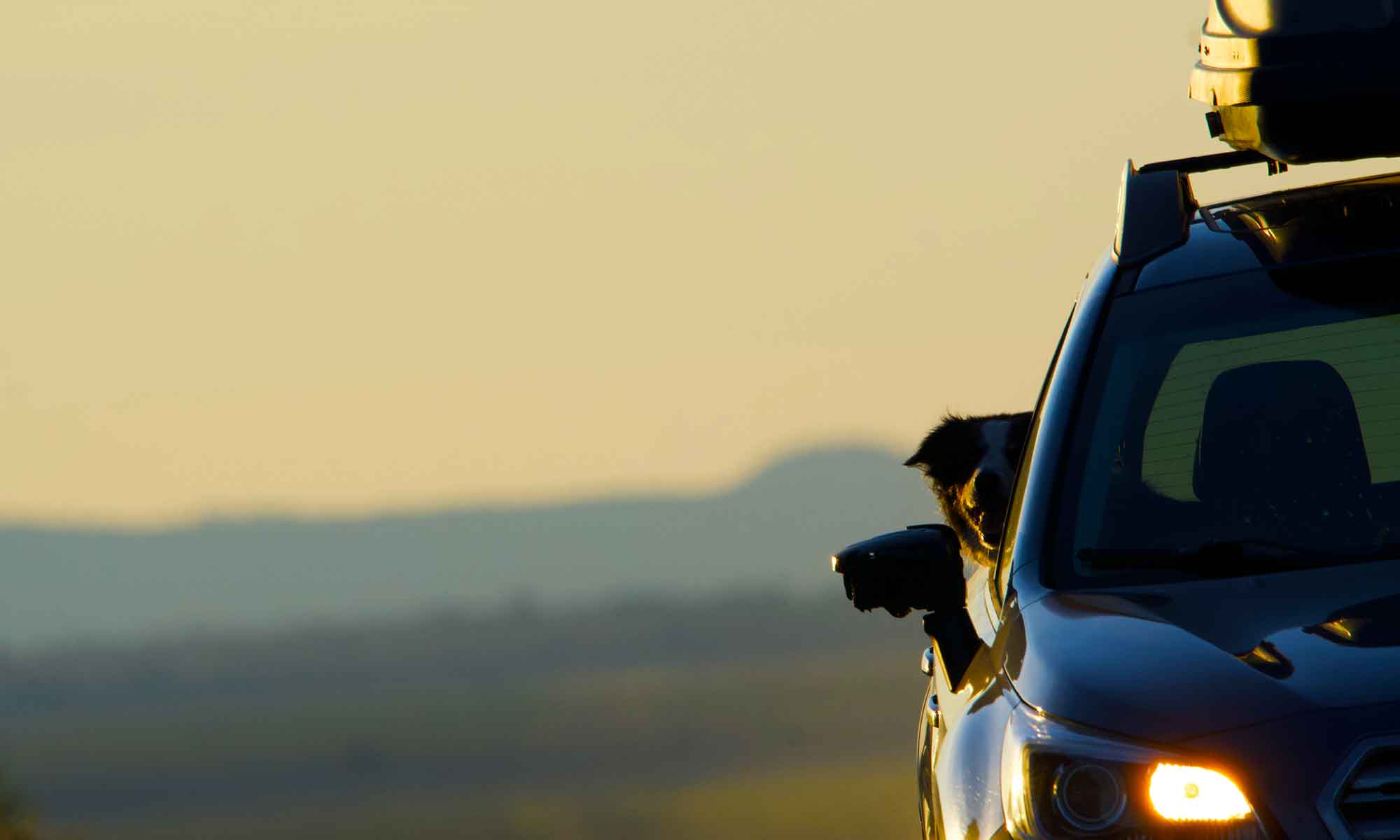
Many … perhaps too many road trips begin at a local landmark, Wickiup Junction to fuel our car and sweet tooth.
Fifty years ago a sporting goods store opened at the junction of Burgess road and Highway 97. For years it was the only general store in the La Pine area, but as the population grew it added a gas station and deli. It is after all on a major access route to the water ways and trails along the Cascade Highway and Upper Deschutes River.


But the main reason to add Wickiup Junction to a trip itinerary is for the donuts.
We’re not sure when they started offering fresh baked goodies in addition to a well stocked cooler and deli, but it was a good move.
We’re kind of donut snobs, The word connoisseur doesn’t quite fit for this basic pastry, that said, we rarely miss an opportunity to try a new donut shop. Wickiup Junction is at the top of our list for now.

Let’s talk raised just so we have a level field. In Portland there’s Blue Star (don’t even try to add VooDoo to a list) and Bend has Richard’s. Any of which are good morning pastry offerings.
However, hit Wickiup Junction, between 7 and 9 am and you’ll be able to get warm goodness that literally melts in the mouth.

Our favorites are Cinnamon Sugar or Glazed, but really anything with maple frosting is delicious.
They do offer embellishments; chunks of candy, sprinkles and Hole-less rounds oozing custard or jelly.
But these only serve as distractions from a soft dough fried to an even golden brown featuring a slightly sweet flavor … and no greasy aftertaste.
.



 Three streams with access all year are the Fall River, Deschutes River (middle and lower stretches) and the Crooked River.
Three streams with access all year are the Fall River, Deschutes River (middle and lower stretches) and the Crooked River.
 Closer to home, the Fall River wanders through a forested landscape and it’s banks hold snow much longer.
Closer to home, the Fall River wanders through a forested landscape and it’s banks hold snow much longer.



















 The otherworldly nature of the Painted Hills is why we keep coming back to this unit of the John Day Fossil Beds. The guidebooks suggest spring or fall as good times to visit. This just means that those are the seasons with the most visitors at the monument.
The otherworldly nature of the Painted Hills is why we keep coming back to this unit of the John Day Fossil Beds. The guidebooks suggest spring or fall as good times to visit. This just means that those are the seasons with the most visitors at the monument.



 However, the Painted Hills Unit presents a much larger canvas where stratified layers of soil show off eons of earth history in a very colorful manner.
However, the Painted Hills Unit presents a much larger canvas where stratified layers of soil show off eons of earth history in a very colorful manner.